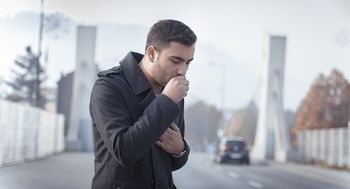
The results of a new study from the United Kingdom reveal that oral prednisone had no effect on the severity and duration of symptoms in adult patients suffering from bronchitis.

The results of a new study from the United Kingdom reveal that oral prednisone had no effect on the severity and duration of symptoms in adult patients suffering from bronchitis.

Benznidazole has been granted accelerated approval by the US Food and Drug Administration for use in children aged 2 to 12 years with Chagas disease.
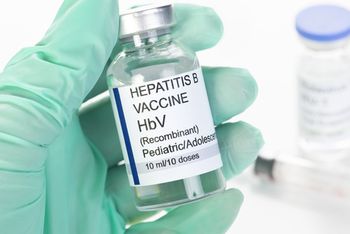
In an updated policy statement, the American Academy of Pediatrics recommends newborns receive their first dose of the hepatitis B (HBV) vaccine within 24 hours of birth to improve protection against the virus.

Kedrion Biopharma and Kamada Ltd. recently announced that KEDRAB, a post-exposure prophylaxis to be used against rabies infection has just been approved by the FDA.

To paraphrase Anthelme Brillat-Savarin, “we are what we eat”—Especially when it comes to antimicrobials and food-producing animals.

One study has found that pregnant women were more likely not to have their children vaccinated on time, after receiving negative information on vaccines from their friends and family, even after receiving positive information from their doctors.

Flood waters bring an increased risk of these potentially-deadly infections.

Shedding light on the perils of faulty personal protective equipment.
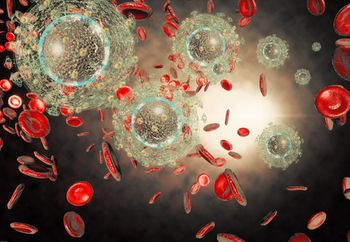
A recent UNC study found that about one-third of HIV-positive patients with low viral loads chose to ignore federal guidelines to begin ART.

A recent review looking at research literature finds that cholera vaccines provide substantial protection for adults, but significantly less protection for children.

Proton pumps inhibitors present risks for individuals living with HIV, dalbavancin can treat MRSA-related pneumonia, probiotics prove deadly against C. difficile, patient involvement increases healthcare practitioners’ hand hygiene, and why delafloxacin is a unique antibiotic for skin infections are the topics that make up this week’s Top 5 articles.

A recent study investigates what causes relapse in those with multiple sclerosis and sought to glean insight into the brain activity of patients with MS during respiratory infections.
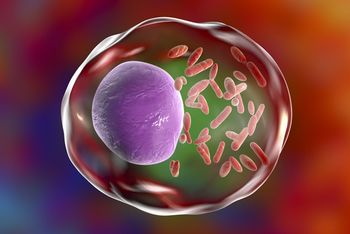
As cases of murine typhus in Texas are on the rise and occurring in more counties in the state, researchers are investigating the spread of the flea-borne disease.

Negative pressure isolation rooms will be in high-demand during an outbreak of SARS, MERS, or pandemic flu, but how will we meet these needs?
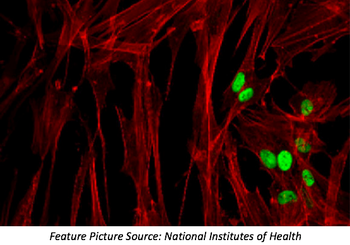
NIAID researchers make an unexpected discovery when examining how a cellular enzyme complex regulates herpesvirus; inhibiting the enzyme suppressed viral infection.

Using a computer model to stimulate the effect of 3 fluoroquinolones against tuberculosis, researchers were able to narrow down which one was most effective.

Proton pump inhibitors present risks to all patients, but those with HIV are especially advised to be cautious in using them.
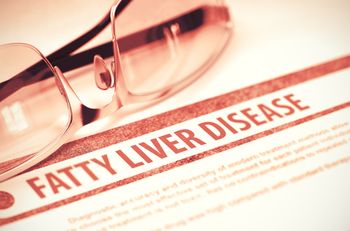
Researchers elucidate the prevalence of hepatic steatosis in patients infected with HIV, as well as in patients coinfected with HIV and HCV.

While antibiotic resistance continues to lead to deadly Clostridium difficile infections, a team of researchers has found that a probiotic may offer a new way to kill the superbug.
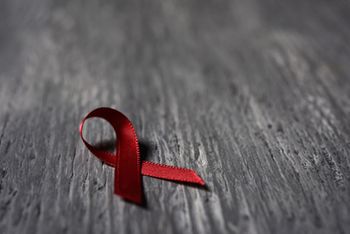
Dr. Brennan-Ing, ACRIA, shared in a presentation at the 125th Annual Convention of the American Psychological Association that a growing population is being overlooked when it comes to HIV treatment and prevention: older adults.
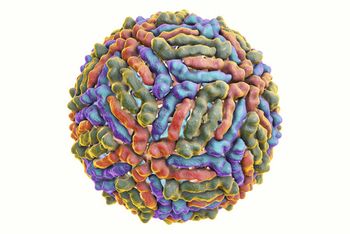
New West Nile virus cases are being reported by states in the South, Midwest, and West Coast region, as health officials look to September and the end of the season.

This week we explore whether or not a national state of emergency and criminalizing opioid abuse will really help to stop the problem.

A team of researchers discover that Klebsiella pneumoniae is not the only culprit behind life-threatening healthcare-associated infections: there are two other Klebsiella species that share the blame.
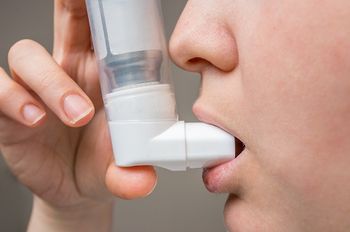
Lucy B. Palmer, MD, from Stony Brook University School of Medicine in New York argues that inhaled antibiotic therapy provides higher drug concentrations of antibiotics with fewer systemic side effects than IV therapy.

The results of a new study from Vanderbilt University provide more support for breastfeeding, revealing that sugars in human breast milk can help protect babies from bacterial infections.

New research reveals a way to help increase healthcare provider hand hygiene by empowering patients to take an active role.

A new study indicates that casual contact, such as kissing, is not a major threat in the transmission of Zika virus.

Researchers find that performing a TB diagnostic test in a clinic as opposed to a centralized laboratory greatly reduced patients’ time to treatment.

A new study looks at the microbial burden of sponges and dispels our beliefs on cleaning them.

Researchers from the University of Mississippi report a case of an HIV-positive man with pneumonia due to MRSA who was treated with dalbavancin.